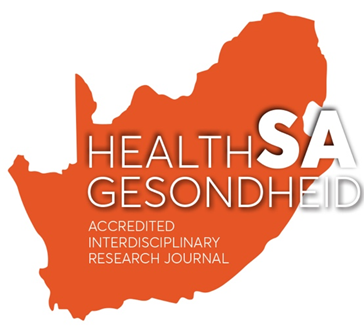Original Research
Aftercare to chemically addicted adolescents: An exploration of their needs
Submitted: 21 April 2011 | Published: 29 April 2013
About the author(s)
Marichen van der Westhuizen, Cape Peninsula University of Technology and Department of Social Work, University of South Africa, South AfricaAssim H. Alpaslan, Department of Social Work, University of South Africa, South Africa
Mariana de Jager, Department of Social Work, University of Western Cape, Bellville campus, South Africa
Abstract
Treatment of chemical addiction includes preparation for treatment, formal treatment and aftercare. The latter appears to be a neglected area in service delivery to chemically addicted adolescents, contributing to the high relapse potential following treatment. The current qualitative study aimed at both exploring and describing the aftercare needs of chemically addicted adolescents. The chemically addicted adolescents included in this study received in-patient treatment as well as aftercare, but nonetheless experienced a relapse; necessitating further in-patient treatment. Purposive sampling was implemented to recruit 31 participants between the ages of 14 and 20 years. The sample size was determined by data saturation. Data for this exploratory, descriptive and contextual study were collected by means of narrative inquiry. Tesch’s framework for qualitative data analysis was employed and data verification was conducted through Guba’s model. The findings illustrated a need to attend to adolescents intrapersonal and interpersonal as well as environmental needs following treatment. The results can provide service providers with focus areas to be included in aftercare services to these adolescents.
Die behandeling van chemiese afhanklikheid sluit die voorbereiding vir behandeling, formele behandeling en nasorg in. Laasgenoemde blyk ‘n afgeskeepte area te wees in die lewering van dienste aan chemies-afhanklike adolessente, wat bydra tot die hoë terugvalpotensiaal wat op die behandeling volg. Hierdie kwalitatiewe studie was daarop gerig om die nasorgbehoeftes van chemies-afhanklike adolessente te verken, sowel as te beskryf. Die chemies-afhanklike adolessente wat by hierdie studie ingesluit was het vantevore beide binnepasiëntbehandeling en nasorg ontvang, maar ten spyte hiervan teruggeval; wat verdere binnepasiëntbehandeling genoodsaak het. Doelbewuste steekproefneming is geïmplementeer om 31 deelnemers tussen die ouderdomme van 14 en 20 jaar te werf. Die steekproefgrootte was deur middel van data versadiging bepaal. Data vir hierdie verkennende, beskrywende en kontektuele studie is versamel deur middel van narratiewe ondersoek. Tesch se raamwerk vir kwalitatiewe data-analise is toegepas en dataverifikasie is uitgevoer aan die hand van Guba se model. Die bevindings illustreer ‘n behoefte om intrapersoonlike en interpersoonlike, asook omgewingsbehoeftes wat op behandeling volg, aan te spreek as deel van nasorg. Die resultate kan diensleweraars van fokusareas voorsien wat ingesluit kan word in nasorgdienste aan hierdie adolessente.
Keywords
Metrics
Total abstract views: 5287Total article views: 10214
Crossref Citations
1. A Qualitative Study of caregiver’s Perceptions and Needs Around Adolescent Substance Use and Other Risk Behaviours
Tara Carney, Vimbayinashe Chibambo, Catherine Ward, Bronwyn Myers
International Journal of Mental Health and Addiction vol: 19 issue: 5 first page: 1485 year: 2021
doi: 10.1007/s11469-020-00238-8
